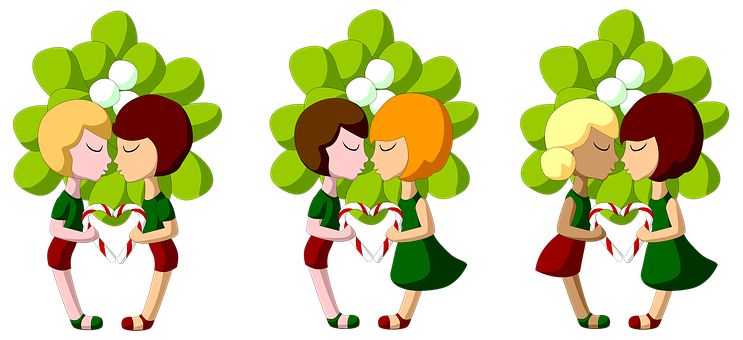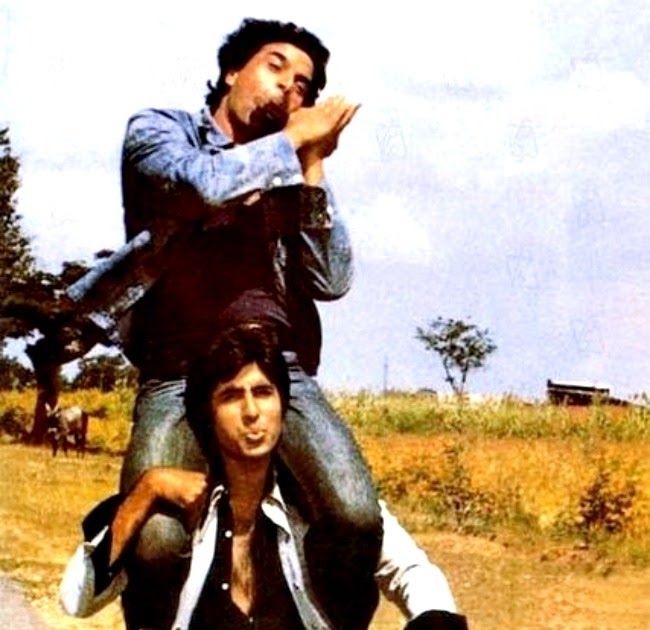Looking At Bollywood Through A Queer Lens
Jun 11, 2019 • 54 views
The year was 1894 when a mere seventeen seconds sound-testing experimental film send down waves of uneasiness amongst the viewers/patrons. It depicted two men dancing and holding each other in an “awkward” way. This was perhaps the world’s first tryst with the homosexual depiction in media. Fast forward to 2019 and almost all movies which have a Homosexual character are generally the object of ridicule, the receiving end of distasteful jokes and rebukes or are shown in a negative light. Since we all have indulged in the guilty pleasure of laughing at such portrayals, it depicts the Indian psyche which is still homophobic and has stereotypical notions about the Homosexual community. It is believed that the Hindi cinema, popularly known as Bollywood churns out movies which mirror the reality and in turn influences it as well. Thus, it is a two-way situation i.e. Bollywood movies take inspiration from people’s attitude towards the homosexual community and the image people form about them are drawn from what they see on the big screen.

Showcasing homosexual characters did not happen out of nowhere, way back in the ’80s and 90’s gay undercurrents could be observed in Hindi movies based on male friendships. Some examples could be Zanjeer (1973), Sholay (1975), Dostana (1980) which had homo-social bonding as the crux of the plot. Although these films did not cry out loud yet they did hint at homo-sexual bonding between two males, complete with songs on undying friendship. For instance, in the cult classic Sholay (1975) protagonists Jai-Veeru were the epitome of true friendship supplemented by the popular song “yeh dosti hum nahi todenge” (we shall not break this friendship). Although both of them were paired up with female actors, the “real romance “(or bromance ) still centred on the male bonding. The question thus arises why could Jai and Veeru or any of the two male characters from movies of that era could not be shown as romantic male partners? The reason behind such a representation is simple, such relations were completely unheard of at that time and even if they were, they were completely dismissed. Even in this day and age, many people find it hard to digest same-sex relations whether in real or reel life. Due to which showing something like this on the big screen which is supposed to mirror the society could have proved scandalous leading to a huge outcry. Therefore, it was necessary to undercut homosexual overtones by introducing a female character in the movie and ensuring a heterosexual bond.

This finds reiteration in real life as well, when a person comes out of the closet as having an alternate sexual identity/preference, the parents have this stereotypical belief that if he/she gets involved in a relationship with a person of the opposite gender everything would be fine. Similarly, in movies, the introduction of a character of the opposite gender became necessary to ensure heteronormativity. Since childhood, we have been cultured in a way to expect that in a movie the actor, would naturally be paired up with an actress. This is what is meant by heterosexuality-following the mainstream norm. Thus, the cinema had yet to travel several miles to make a Homosexuality -centric film possible, to quote noted LGBT activist and author Ashok Row Kavi- “There are gay scripts floating around in Bollywood. Gay themes have already been attempted in a series of tv programmes, and homosexuality and lesbianism have become central themes on talk shows. Still, a real mainstream gay theme film will be an unforgettable landmark in Hindi cinema.”(1)
References-
'Srinivasan, Rama.(2011)Gaylords' of Bollywood: Politics of Desire in Hindi Cinema.
